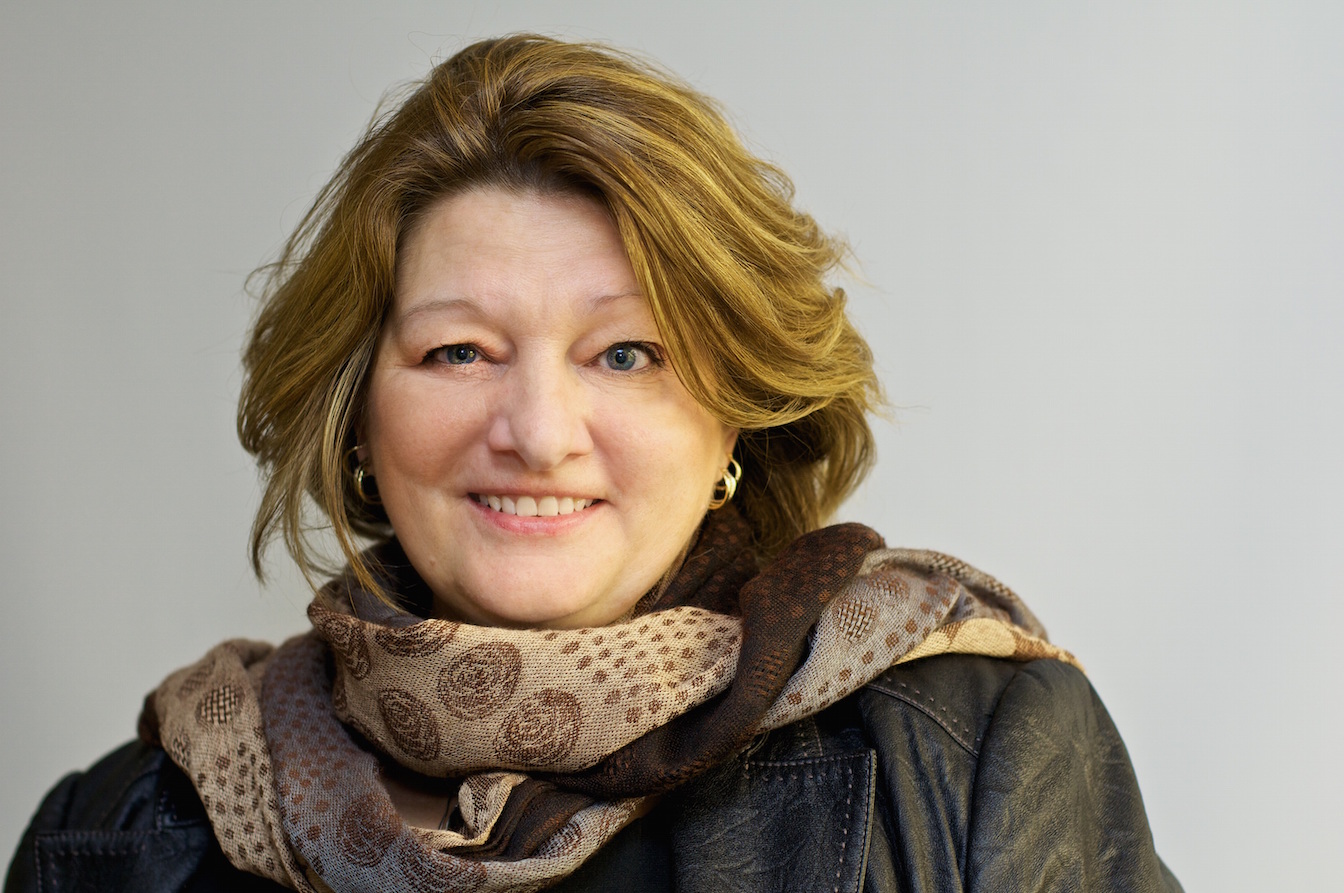Five questions with Gayle Goossen, workshop facilitator

1. What is the 140-character version of your two talks at Going Barefoot?
Workshop 1: Acquiring and Keeping Donors: Donors are your key partners to change. Developing strong, loyal relationships with them is critical your organizational growth.
Workshop 2: Marketing Strategies for the Non-Profit: Strengthen your fundraising by healthy marketing including brand, campaigns, content and digital.
2. What do you see as the biggest opportunity for nonprofit communicators in 2016?
Looking at their communications through the eyes of the donors.
3. What is one thing you wish every nonprofit knew and acted on?
To erase the word "not-for-profit" and replace it with “Agencies for Social Profit.”
Right now, organizations are intent on appearing "unprofitable." They think that way in the equipment they buy, the level of staff they hire, the investment into training, etc. They don't think in terms of return on investment -- but rather: "What is the most inexpensive way to do this." What they should be thinking is: "How can I most effectively transform the dollars I raise from donors into social benefit?”
Their investors (donors) want to see a high return on their investment.
4. What trend(s) are you seeing that you are most excited about?
I love digital. But I'm not seeing many organizations really engaging their audience in digital. It's kind of like: well, we built it, now they should come. I'd like to know how many people actually invested in their digital analysis and took a realistic view of how many people actually engaged in their site. It's all available. But I would say about 80% of the people we talk to have not looked at their digital analytics for more than 6 months (some never). This is a hugely missed opportunity -- because digital can tell you so much.
Alas, the reality is, most non-profits have little activity on their digital site. And that's because they fill it with all kinds of copy about the organization and then let it be for months and months and months. It's like they sent the same appeal letter every day. They don't watch the trends. They don't understand the integration between phones and computers (fewer tablets than we think). They lead people to donate from social media to an un-optimized web site that shows up on the pone in teeny, tiny letters. They want young people -- but they don't give young people anything to hang on to. I could go on.
People "think" they know their audience -- but they are really just looking in a mirror, hoping their audience looks just like they do.
I love doing focus groups. Every time I meet with a group of donors, I remember that they are mothers, fathers, carpenters, plumbers and secretaries. They give because God has blessed them and they want the joy of passing it on -- just they joy.
They don't want political arguments, justice language (it's too big for them), They just want to know that by their gift they did good.
The refugee story is probably one of the most amazing things that hit Canada this year.... and it started with an image that went worldwide of a little boy washed ashore -- lying dead on the beach. Later, adding poignancy to the story we saw a shattered father, grieving for the son who never saw his first day of freedom.
But, from many perspectives, this single photo that changed the world, would not meet the photo criteria of most organizations.
I am excited about telling stories -- through digital, print, video and photo -- because the story is the heart of all the good that is within us. I'm most excited when I see the story caught by the listener.... that's our jobs as communicators. Digital holds such immense opportunity. We haven't even started to figure that out.
5. The theme of this year's conference is big issues, big data, small budgets. What is one thing every nonprofit can start doing today to help them make more data-driven marketing decisions.
Look at their data. If they don't know how to, find someone who can.
Start tracking activity. If they don't know where to start, partner with someone who can.
The biggest, most abused part of data is expecting single cells to perform multiple functions. Tracking must be pure. Comparisons happen in the analysis. You don't need an expensive data base system -- you need someone who knows how to manage data. And it shouldn't be finance. You want to know how people gave their first gift, what they respond to in the future. You need to compare story, creative, timing, season and offer. You need to be brutally honest. The best way to understand your donor is to analyze what they give to. But if your data doesn't contain that information, you can't analyze.
Regular surveys are very helpful.... repeating the same questions also helps you understand trends. Reading up on other surveys helps -- Blackbaud publishes great data (seeing as they have access to such a large group of organizations).
There is significant differences in Christian and non-Christian organizations, although, my observation is that Christians are moving towards secular trends.

 Print This Blog Post
Print This Blog Post